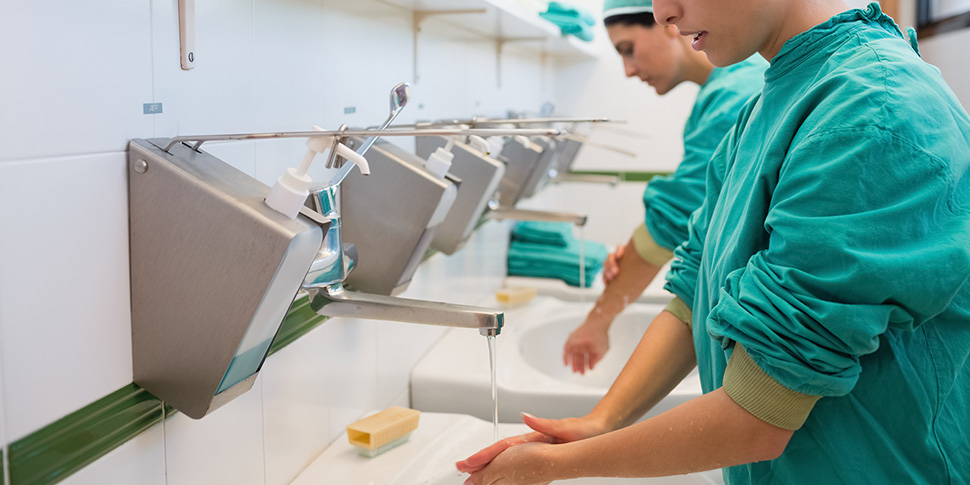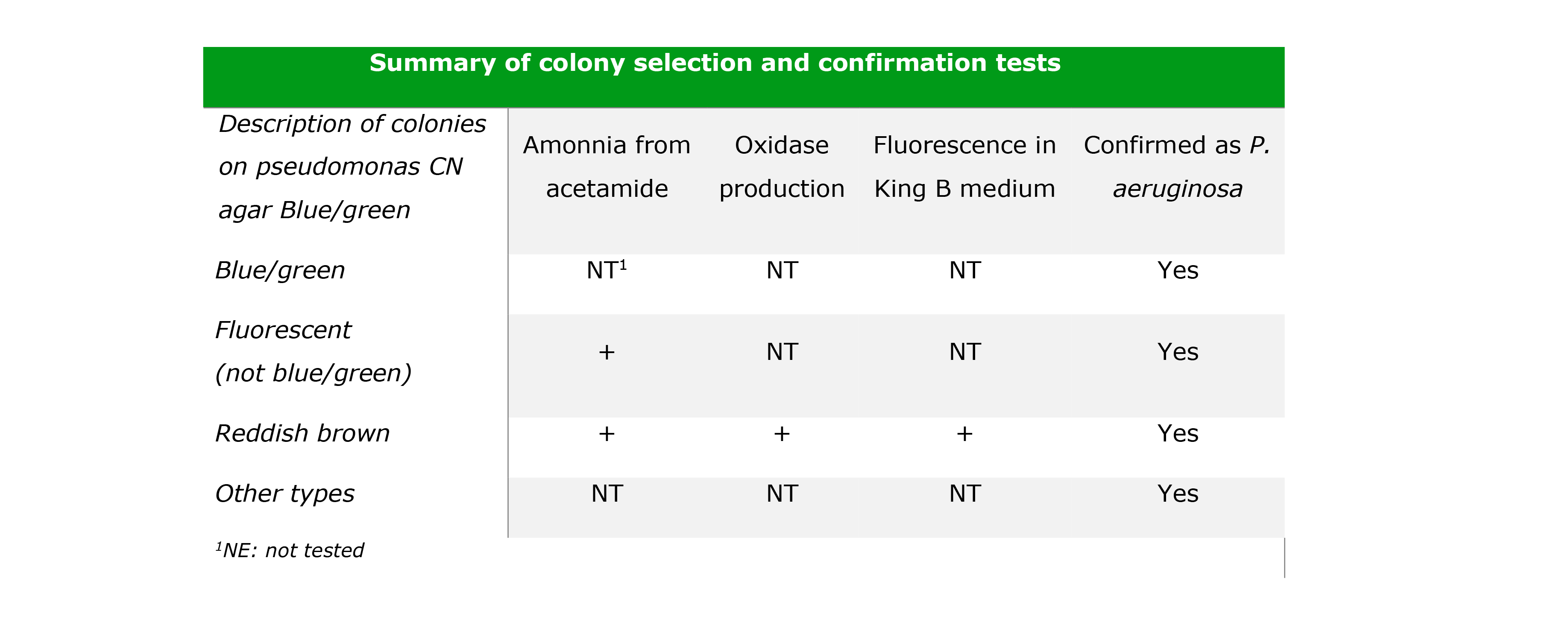Published: 27/02/23 10:00 Categories: Microbiology
This year marks three decades since the first celebration of World Water Day, whose main objective is to raise awareness of the main crises affecting this resource. We are well aware of the importance of water quality for human consumption, but what about in the hospital environment?
Dangerous nosocomial pathogen
Although Pseudomonas is not one of the microbiological parameters most commonly associated with the analysis of drinking water, it is in water for use in hospitals or health centers. In particular, it is in intensive care units due to the risk that this pathogen may pose in immunocompromised individuals.
The risk of this opportunistic bacteria lies in its ability to survive and spread; it is found naturally in the environment, in lakes and rivers, and has more than 120 species. One of them, P. aeruginosa, is primarily responsible for causing respiratory and urinary tract infections, as well as skin, eye and ear infections.

It is important to mention that some strains are able to form biofilms that show high tolerance not only to antimicrobial substances, but also to immune system responses. At the same time, P. aeruginosa exhibits multiple antibiotic resistance mechanisms such as resistance genes, efflux pumps and membrane impermeability, making the infections it causes especially dangerous and complicated to treat.
Therefore, it is not uncommon to find the presence of P. aeruginosa in hospital water samples, as well as a relationship between water systems contaminated by this Gram-negative bacteria and deaths in intensive care units.
P. aeruginosa analysis in water
Directive 2020/2184 and Royal Decree 3/2023 indicate the control of P. aeruginosa specifically in hospital and intensive care units with a reference value of less than 1 CFU/100 ml.
The ISO 16266:2006 standardized method for the detection and enumeration of P. aeruginosa by filtration method takes advantage of its ability to produce pigments, including pyocyanin (blue-green), pioverdin (fluorescent yellowish green) and pyorubin (reddish brown).

Growth of pseudomonas aeruginosa on the right side, fluorescing under UV light
The analysis begins by filtering the sample and placing the filter on Pseudomonas CN Agar. Colonies are examined under UV light and, depending on their color, are classified as pyocyanin-producing or non-producing. Finally, they are subcultured on a non-selective medium, such as King B Medium, for confirmation testing.

If you would like more information on this protocol according to the ISO method, we recommend watching our CondalabTalk on Drinking water: What microbiological analysis should I carry out?
And if you need more information about the products, please do not hesitate to contact us.

 Food fraud: How do we detect it?
Food fraud: How do we detect it?
 Visit Us at MEDICA 2025 – Discover Our Precise Detection Solutions
Visit Us at MEDICA 2025 – Discover Our Precise Detection Solutions
 PCR: The Technique Revolutionizing Rapid Detection in the Food Industry
PCR: The Technique Revolutionizing Rapid Detection in the Food Industry
 How Culture Media Ensure the Safety, Efficacy, and Quality of Medicines
How Culture Media Ensure the Safety, Efficacy, and Quality of Medicines
 Meeting us at MEDLAB MIDDLE EAST 2025
Meeting us at MEDLAB MIDDLE EAST 2025